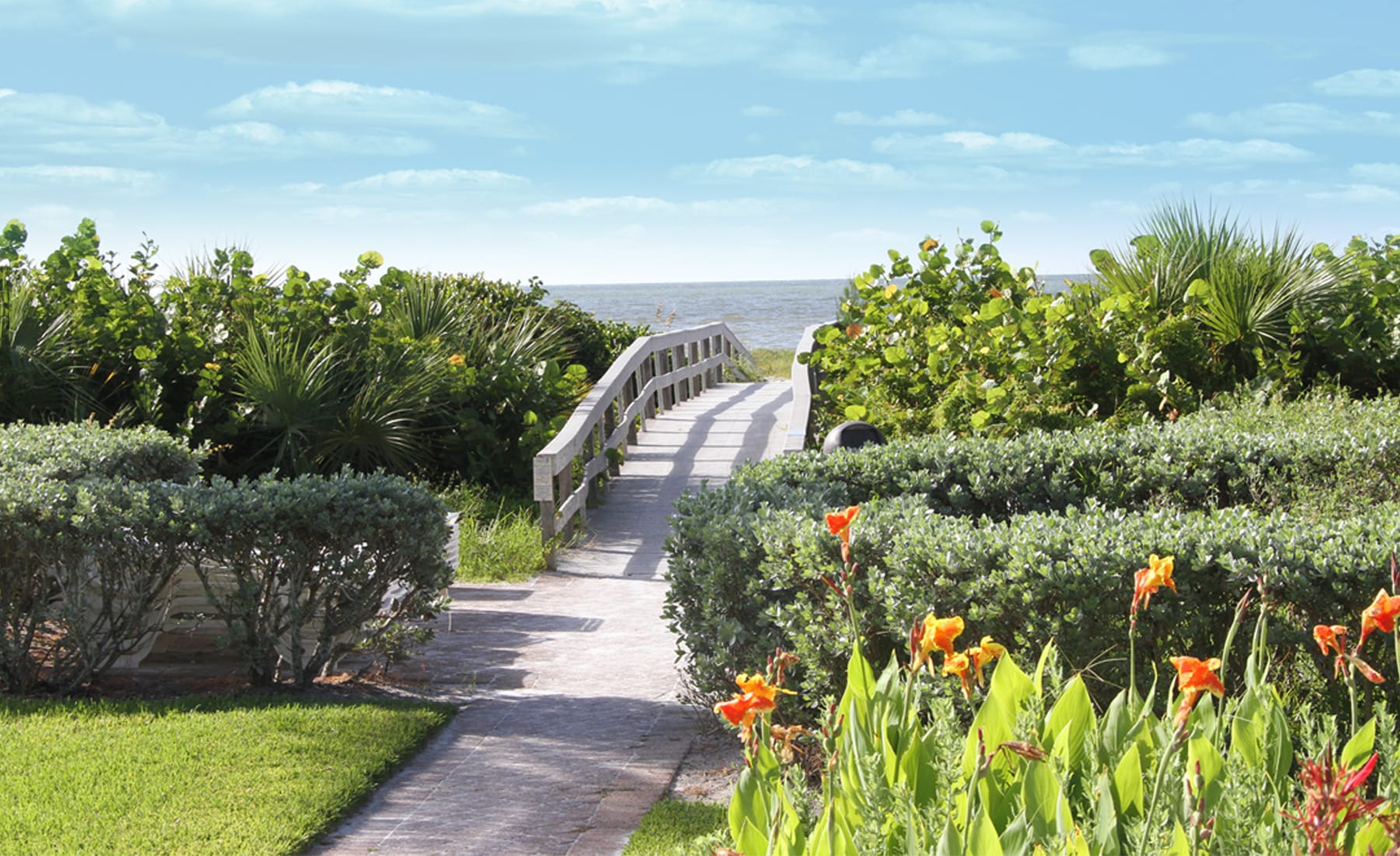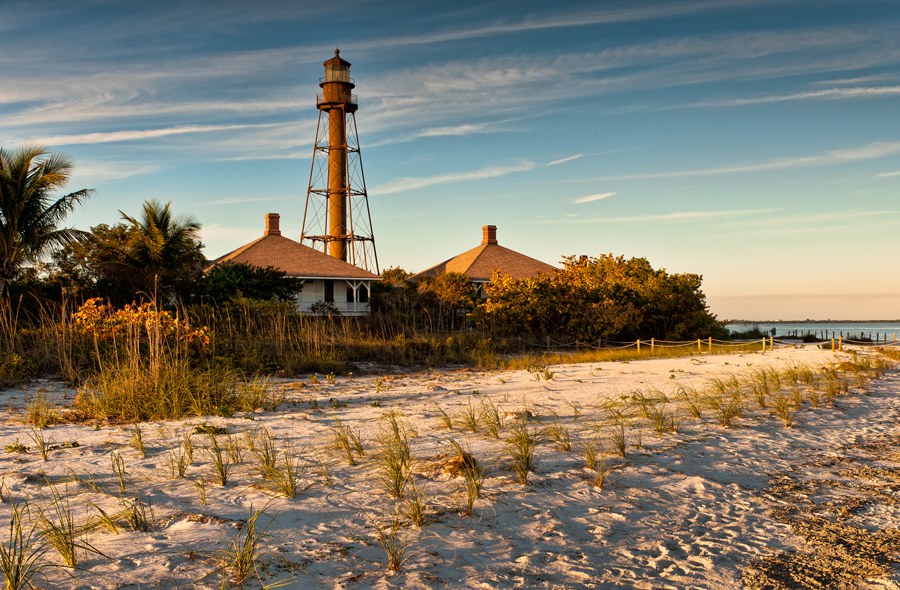About Sanibel and Our Sanibel Resort
History of Sanibel
Sanibel and Captiva formed as one island about 6,000 years ago. The first known humans in the area were the Calusa, who arrived about 2,500 years ago. The Calusa were a powerful Indian nation that came to dominate most of Southwest Florida through trade via their elaborate system of canals and waterways. Sanibel remained an important Calusa settlement until the collapse of their empire, soon after the arrival of the Europeans. In 1765, the first known appearance of a harbor on Sanibel is shown on a map as Puerto de S. Nibel (the “v” and “b” being interchangeable); thus, the name may have evolved from “San Nibel”. Alternatively, the name may derive, as many believe, from “(Santa) Ybel”, which survives in the old placename “Point Ybel”, where the Sanibel Island Light is located.

History Continued…
One story on how Sanibel got its name is that it was named by Juan Ponce de León for Queen Isabella I of Castile. Another attributes the name to Roderigo Lopez, the first mate of José Gaspar (Gasparilla), after his beautiful lover Sanibel whom he had left behind in Spain. The main town is located on the eastern end of the island. The city was formed in 1974 and is linked to the mainland by the Sanibel Causeway. A short bridge over Blind Pass links Sanibel to the unincorporated town of Captiva on Captiva Island. More than half of the two islands are preserved in its natural state as wildlife refuges. Visitors can drive, walk, bike, or kayak through the J. N. “Ding” Darling National Wildlife Refuge.
The island’s most famous landmark, the Sanibel Lighthouse, is located at the eastern end of the island, adjacent to the fishing pier. The main thoroughfare, Periwinkle Way, is where the majority of stores and restaurants are located, while the Gulf Drives (East, Middle and West) play host to most of the accommodations. The main town is located on the eastern end of the island. Sanibel beaches attract visitors from all around the world, partly because of the large quantities of seashells that frequently wash up there. Many sand dollars can be found as well. One of the reasons for these large accumulations of shells is the fact that Sanibel is a barrier island which is part of a large plateau that extends out into the Gulf of Mexico for miles. It is this plateau that acts like a shelf for seashells to gather. Sanibel also has an east-west orientation when most islands are north-south. Hence, the island is gifted with great sandy beaches and an abundance of shells.

Affiliations

